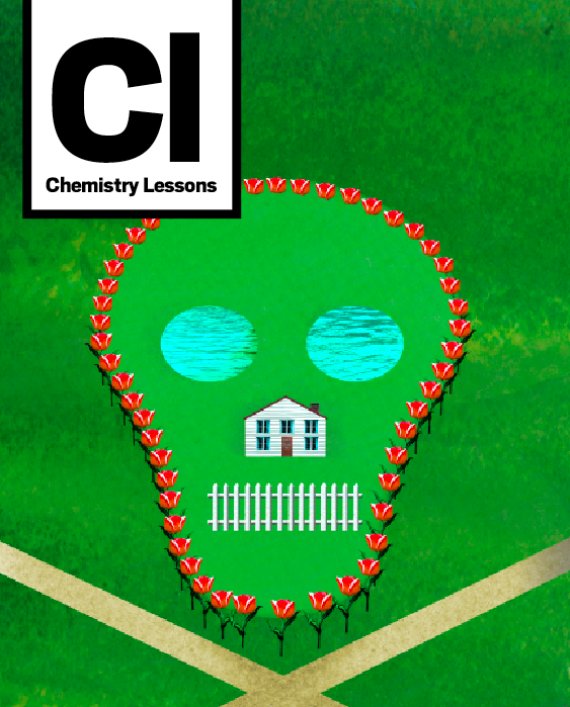 What you do and how you live doesn't matter. You have inhaled them, you've eaten them, you've absorbed them through your skin. You're doing it right now.
What you do and how you live doesn't matter. You have inhaled them, you've eaten them, you've absorbed them through your skin. You're doing it right now.
If you are an average American, your personal chemical inventory -- embedded in your blood, your breath and your bones -- will include an alphabet soup of phthalates, mercury, perfluorinated compounds, bisphenol A, and assorted chemical flame retardant If you are a new mother, you are passing these chemicals to your child through your breast milk. If you are pregnant, you are delivering them through your umbilical cord.
These inescapable realities of modern life -- realities that have vexed environmental advocates and worried scientists for years -- are not new. They were all foreseen, with sometimes chilling accuracy, 50 years ago this summer, when an unassuming marine biologist from Springdale, Penn., named Rachel Carson began publishing a series of articles in The New Yorker Magazine.
Carson's essays, which accused the chemical industry of calculated deception and American regulators of wanton disregard for the proliferation of pesticides and other chemical pollutants released into the environment, would ultimately be published as the book "Silent Spring" -- considered by many to be the clarion call of the modern environmental movement.





 As parts of the central U.S. recover from a deadly outbreak of severe weather, a line...
As parts of the central U.S. recover from a deadly outbreak of severe weather, a line... The island of Puerto Rico is suffering another island-wide power outage, just months after a dayslong...
The island of Puerto Rico is suffering another island-wide power outage, just months after a dayslong... Letters went out to hundreds of workers at the National Oceanic and Atmospheric Administration (Noaa) on...
Letters went out to hundreds of workers at the National Oceanic and Atmospheric Administration (Noaa) on...






























